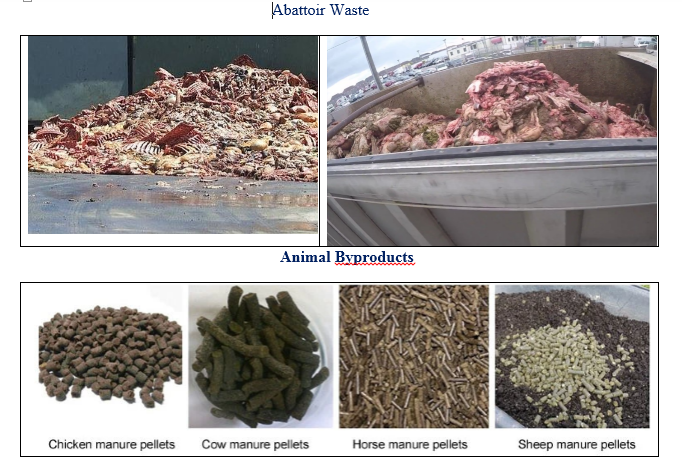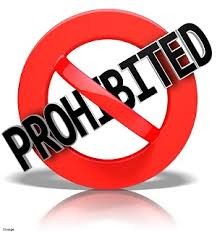Organic Dairy Feeding Standards
Back
Dairy Animal Nutrition standards for Organic Dairy Farming
1. Dairy animals under ODF should meet their nutritional requirements from organic forage and feed only.
Nutrition and Feeding
The animals should be fed 100 per cent organically grown feed and fodder without use of chemical pesticides or artificial fertilizers and is free from genetically modified organisms, and manure/fertilizer should come from organically kept animals and more than 50 per cent of the feed shall come from the farm unit itself or shall be produced within the region except under very unusual circumstances such as a national, state or local weather emergency or a fire or flood on an organic farm.
Among the allowed (acceptable) materials are: feed raised by organic production practices, natural vitamin and mineral supplements, and fresh water from sources where contamination is unlikely.
However, in some cases 15 per cent of total feed could be obtained from conventional farms. The use of conventional feeds, synthetic growth promoters or stimulants, synthetic appetizers, preservatives, artificial colouring agents, urea, farm animal by products to ruminants, all types of excreta, feed subjected to solvent extraction or the addition of other chemical agents, pure amino acids, and genetically engineered organisms or products thereof are not allowed.
Synthetic milk replacers are prohibited. Calves must be fed on organic milk only.
To maintain healthy animals, consistency in management and nutrition goes a long way, and may be more critical than exactly meeting all nutritional requirements.


2. Dairy animals under ODF should be fed either home grown organic feed or organically certified readymade concentrate feed of good quality.



3. In no case the percentage of non-organic feed should exceed 10% of dry matter per ruminant under ODF.
Exceptions
Organic dairy farmers may feed a limited percentage (not more than 10% dry matter per ruminant) of non-organic feed under specific conditions such as areas where organic agriculture is in early stages of development/ when availability of organic feed is of inadequate quantity or quality/ grazing of non-organic grass or vegetation during seasonal migration.
Permitted
A dairy farmer may feed a higher percentage (more than 10% dry matter per ruminant) of non-organic feed for a limited time under specific conditions, such as following extreme and exceptional weather conditions/ manmade or natural disasters beyond the control of the dairy farmers?
4. Prohibited
Feeding of farm animal wastes and byproducts (e.g. abattoir waste) to dairy animals is prohibited in organic dairy farming.


Feeding of all types of excrements including droppings, dung or other manure to dairy animals are prohibited in organic dairy farming.


Feeding of urea and other synthetic nitrogen compounds like amino acids to dairy animals are prohibited in organic dairy farming.


Feeding of preservatives, except when used as a processing aid to dairy animals are prohibited in ODF.
Feeding of synthetic growth promoters or stimulants to dairy animals are prohibited in ODF.
Antimicrobial Agents: The term “antimicrobial growth promoter” is used to describe any medicine that destroys or inhibits microbes and is administered at a low, sub therapeutic dose. The use of antimicrobial for growth promotion has arisen with the intensification of livestock farming.
Risks of antimicrobial growth promoters: The use of growthpromoters is largely a problem of intensive farming methods and the problems caused by their use are largely those of developed rather than developing countries in response to the emergence of antibiotic resistance.
Risks of ionophores growth promoters: Generally, ionophores have been found safe and effective in the target animals receiving recommended dosage levels . However, toxic syndromes can result from over dosage and misuse situations.
5. Allowed
• Animals under ODF may be fed vitamins, trace elements and supplements from natural sources.
• Under ODF may be fed synthetic vitamins, minerals and supplements when natural sources are not available in sufficient quantity and quality.
6. As per ODF standards, young stock (calves) of dairy animals should be provided maternal milk or organic milk from their own species.

7. Under organic dairy farming, young stock (calves) of dairy animals should be weaned only after a minimum period of 3 months.
Weaning is defined as “the accustom (an infant or other young mammal) to food other than its mother's milk”. Essentially, the babies are removed from their mothers and placed on a man-made feeding system. This process takes place within many farming operations, such as dairy, sheep, goats etc.
Dairy calves are separated from their dam soon after they are born in most dairy operations. In some there is no contact between calf and cow for health related reasons, such as preventing Johne's disease.
The main purpose of separating dairy cows from their calves to allow collection and selling of milk. The calves are then fed colostrum from the dam for the first few days, and then milk replacer. Dairy calves do not have ab libitum milk like beef calves.
By limiting the amount of milk the calves receive it caused the calves to consume more feed which leads to faster development of the rumen.
Advantages of Early Weaning
Dams of early weaned calves are in better condition at calving and that carries over to breeding season.
Calves can be fed to grow to their genetic potential when forage conditions are not optimal for the dam.
It may be the key to more efficient feed use during times of drought or other periods of feed shortage.
Early weaned calves are very efficient of converting feed to gain.
A high percentage of early weaned calves fed a growing ration for a short period of time then stepped-up on a high concentrate diet can achieve a USDA Quality Grade of average choice or better.
Early weaning permits more cows to be carried on a limited forage supply.
Calves weaned before or very early in the breeding season, pregnancy rates will be greater for thin cows.
Disadvantages of Early Weaning
Excellent calf nutrition and management is required.
More labor is necessary.
The facilities and feed must be available for small calves.
Calves spend a lot of time in a dry lot prior to slaughter.
If you have developed a cow herd that has above average milk output, the potential increase in weaning weights through milk production is not realized.
Information on dam performance from production records will be of limited use.
Colostrum feeding

Colostrum Feeding
Colostrum is the first milk secreted after parturition.
It contains large amount of Gama globulins which are anit-bodies produced by the cow against antigens encounter during her life including those against many disease producing organisms.
Colostrums is highly fortified source of nutrient having 7 times the protein and twice the total solids of normal milk, thus it gives an early boost in portion and solid intake.
It contain higher amount of minerals and vitamin A which are essential to combat disease. Ingestion of these through colostrums substantially increases the calf’s survivability.
Absorption of these antibodies provides the calf with an umbrella of passive immunity.
Colostrums give a laxative effect which is helpful in expulsion of muconium (first faeces).
It will be highly useful to feed colostrum in the first 15-30 minutes followed by a second dose in approximately 10-12 hours.
First ½ hour to 12 hours of life, calf should be given with colostrum of its 5-8 % of body weight. Then 2nd and 3rd day, it should be of 10% of its body weight.
The excess colostrums can be stored by refrigeration and can be used to other calves or orphan calves.
Composition of Colostrum

Weaning

• Separation of calf and making independent of its mother for food is known as weaning.
• Now days, early weaning is recommended for better management.
• Under early weaning system, weaned calves housed separately and scientific feeding schedule and managemental practices followed.
• In this method, the cow is not allowed to suckle by its calf after colostrum feeding.
• Instead, the cow is completely milked out and required quantities of whole milk or skim milk are fed to the calf.
• Weaned calves should be trained to drink milk from pails / nipple pail so that feeding management is easier.
• Weaned calves should be weighed every week and the quantity of milk to be fed is calculated accordingly.
